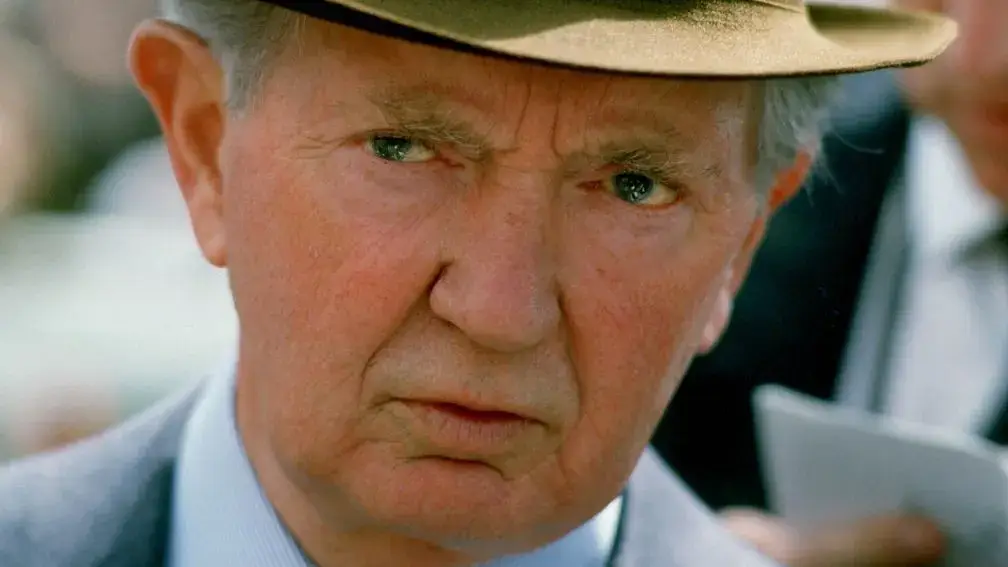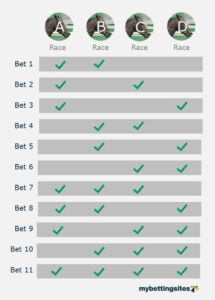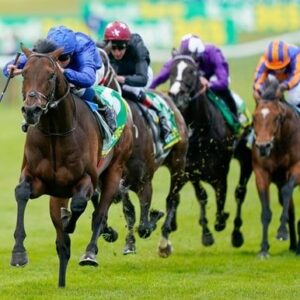

Horse Racing Tips from RacingExperts.co.uk














Horse Racing Tips direct to your inbox from Racing Experts. Plans start at £24pm.
All plans include a 5-day Free Trial.
Copyright 2024 — Racing Experts
Website & Search Engine Optimisation by Discover Digital